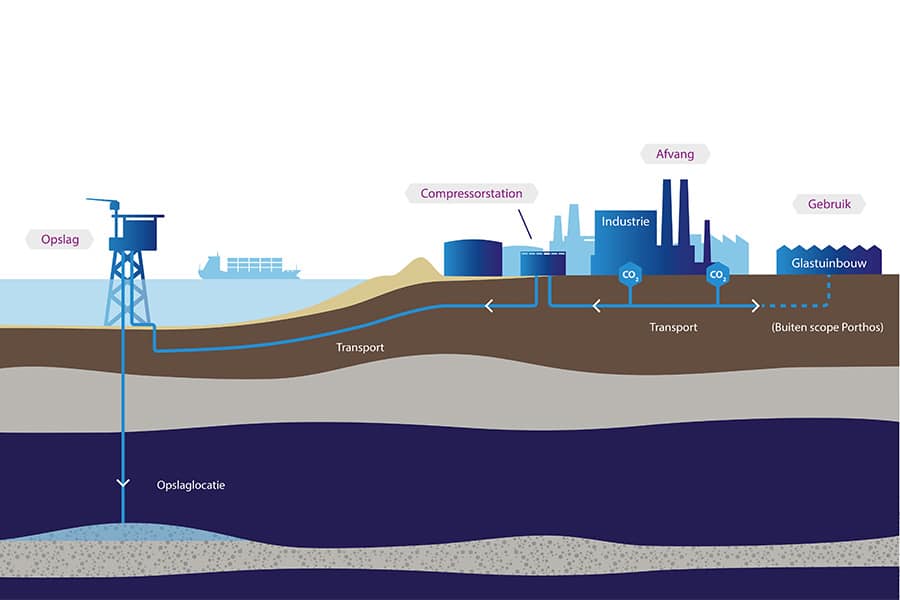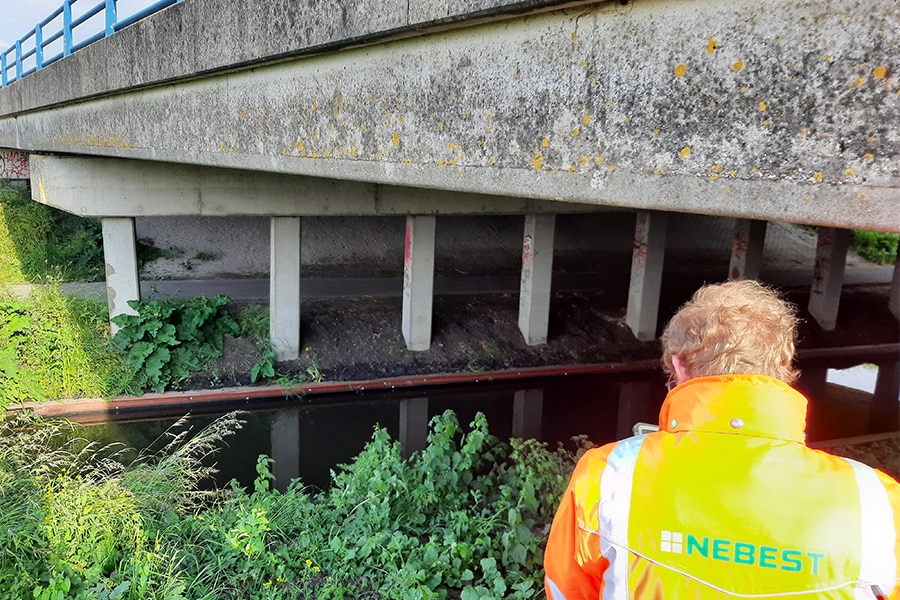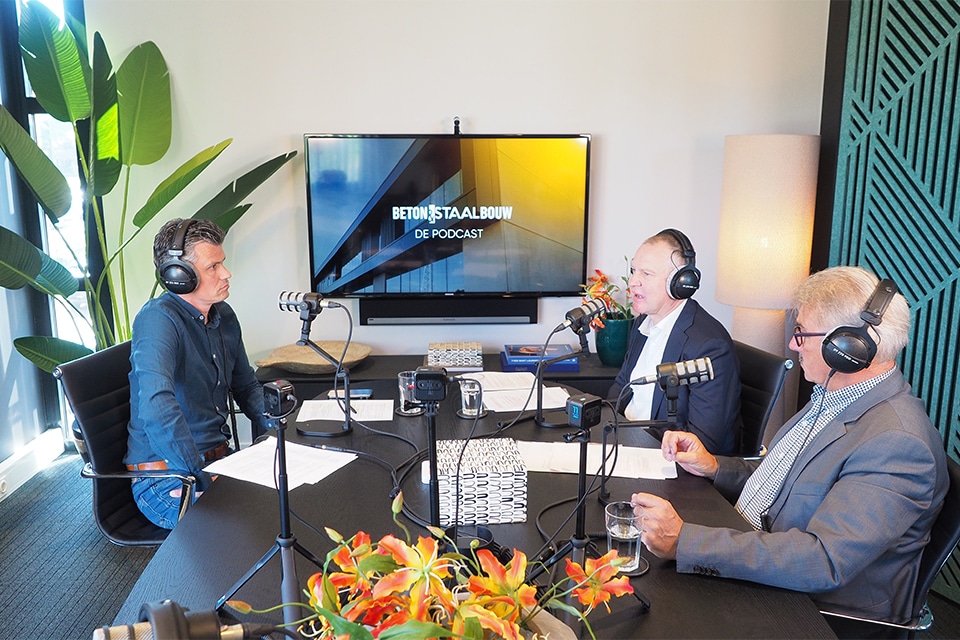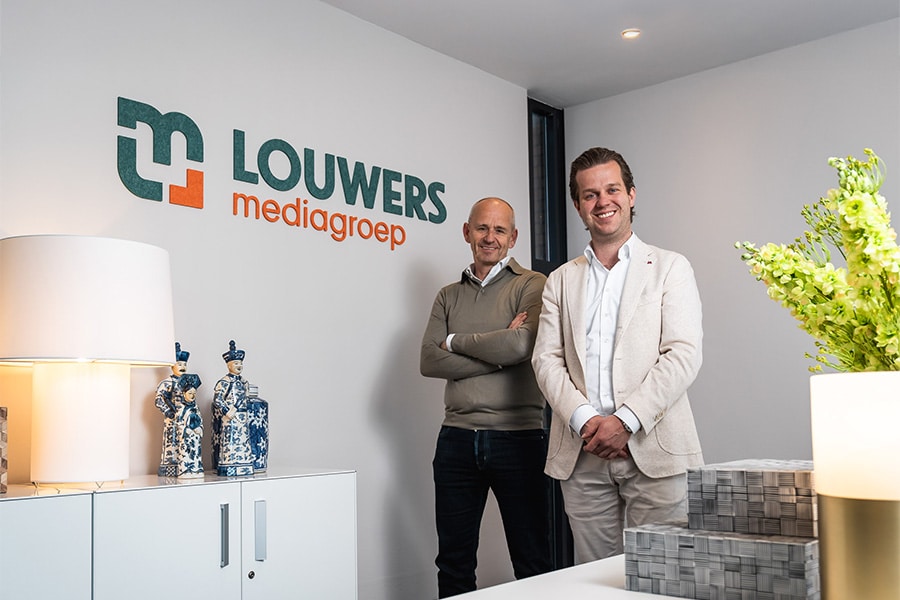
Certificates are supplemented with 'biobased' and 'recycled'
When we talk about quality in construction, we think of KOMO. That was true twenty years ago and it is still true today. Even though in those twenty years the concept of quality in construction has changed considerably. For example, the context in which quality is assessed is considerably broader. Where originally it was about the building-technical quality - which incidentally is still the basis for a KOMO certificate - nowadays aspects such as sustainability, CO2 performance, life cycle and reuse are also taken into account.
Established certification schemes already exist for some of these aspects. With these, the construction industry is well supplied with quality declarations. The declarations are a means for companies to distinguish themselves and demonstrate the quality of their service or product. For other aspects, these schemes do not yet exist or there is a need for quality declarations that specifically tie in with certain product groups. This is provided by KOMO together with its licensees.

Market participants determine
KOMO itself does not write assessment guidelines or certification schemes. Nor does KOMO decide which subjects an assessment directive is written about. And KOMO does not decide which requirements are to be included in an assessment directive. It is the market parties who determine for which subjects and aspects independently tested quality statements are desired. They themselves approach a KOMO licensee who coordinates and supervises the creation of an assessment directive and ensures that all interested parties can contribute to the new assessment directive.
Horizontal BRL biobased and/or recycled content
"For example, the assessment guideline BRL 7010 is currently in the works," says Erik-Jan de Bont, KOMO operations manager. "This will allow additional and independent determination of the extent to which KOMO-certified products contain recycled and sustainable raw materials. The certifying body makes a conformity assessment of this and records the result in an additional declaration on the KOMO certificate about the biobased content and/or recycled content of the certified products."
Horizontal assessment guidelines
The KOMO licensees involved in BRL 7010 are SKH (principal) and SKG-IKOB Certification. BRL 7010 - recently published for criticism - is part of a trend towards horizontal assessment guidelines. These are assessment guidelines that are broadly applicable and can be used for a large number of product groups when formulating a supplement to the regular vertical assessment guidelines.

Durable binders for concrete
Other developments can be seen in the field of concrete hardening processes. Since the production of Portland cement clinker is associated with a poor CO2 balance, there is almost continuous research into binders with a less damaging footprint. Fortunately, not without results. Some have now been found to be ripe for application in certain concrete products. Kiwa Netherlands is regularly approached to supervise the development of assessment guidelines for these applications.
Integrity
"KOMO deals with this kind of process with integrity," De Bont says. "It is part of the KOMO philosophy that market parties who start a BRL initiative invest not only in themselves, but also in KOMO. For competitive reasons, we only announce this initiative after a new assessment guideline has been published for criticism."



